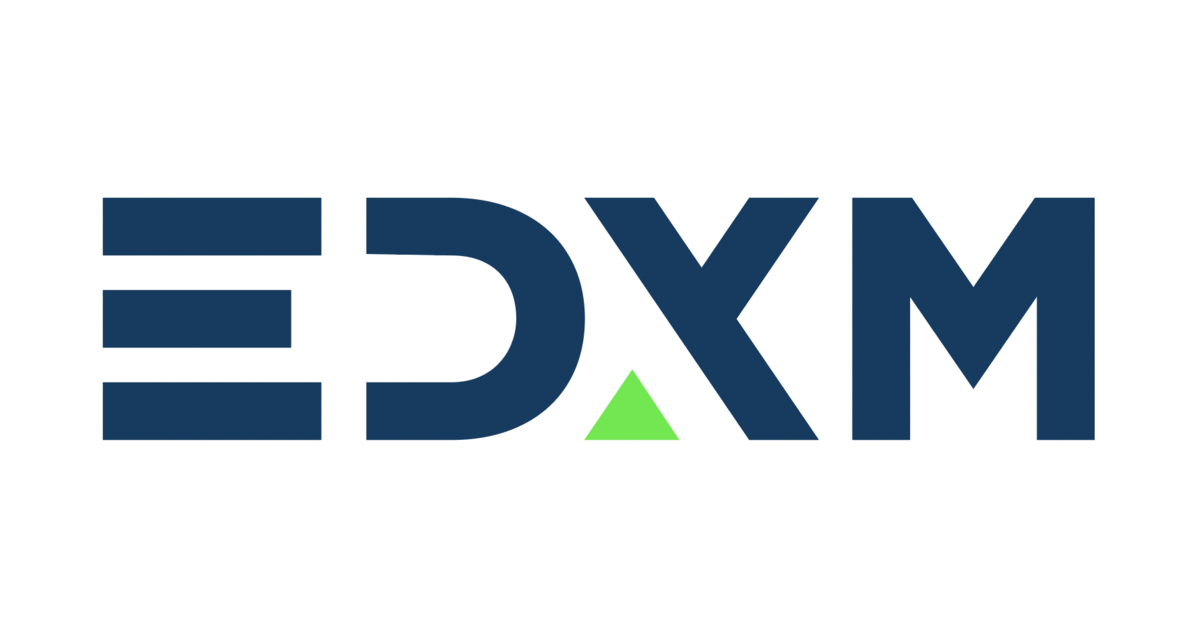Vitalik’s Definition and Standards for Ethereum Layer 2
Vitalik's Interpretation and Criteria for Ethereum Layer 2 ImplementationAuthor: Haotian, Cryptocurrency Analyst Source: X (formerly Twitter) @tmel0211
Did you think Vitalik Buterin’s analysis and summary of Ethereum Layer 2 was just for educational purposes? He is subtly drawing boundaries and setting standards for Ethereum Layer 2. Let me share with you the insights I’ve gathered:
1. Getting closer to Ethereum enhances the ecosystem
Furthermore, some overly centralized projects can gain consensus and security by integrating with Ethereum. Therefore, Ethereum Layer 2 has become a popular choice.
(Vitalik’s underlying message is that to become Layer 2, one must first understand the definition of Layer 2 and not engage in unnecessary experimentation. Among the various Layer 2 solutions emerging in the market, how many are truly focused on scalability? Many of them are more about narrative.)
- Hong Kong’s HashKey is Leaving its Mark on Retail with a Sleek Trading App, and Brace Yourselves for the Arrival of the HSK Token!
- Hivemind Buzzes into Hong Kong Blockchain Investment Firm Expands, Appoints Seasoned Banker as Head of Asia
- Is GBTC a profitable game? Why is becoming an ETF so important?
2. Plasma, Rollup, and Validium are all Layer 2 scaling solutions, each with its pros and cons.
Rollup relies on Ethereum for the safest handling of DA (Data Availability) assets, but it incurs higher costs. Validium, on the other hand, avoids the dependency on DA, reducing costs but compromising security. Independent chains like Plasma are cheaper but require third-party trust, lacking the security and consensus provided by Ethereum. Vitalik’s perspective on this issue is that the cost problem of DA is temporary and will be resolved with the upgrade to Cancun and danksharding. As for choosing the appropriate solution, applications should consider their own characteristics. If an application leans toward finance and asset protection, a Rollup-type Layer 2 would be more suitable. On the other hand, games or non-financial applications can use Validium or independent sidechains.
(The suitable scope for each type of scaling solution is actually quite clear. However, at present, the market is flooded with Rollup solutions, especially with the amplification of the OP Stack, but the choice of Layer 2 should be based on the application context. And as for solutions like Celestia, which combine third-party DA with Rollup, they do not yet exist within the strict definition of Layer 2. So one must be careful not to go in the wrong direction.)
3. There are two crucial aspects to Ethereum Layer 2:
1. The security of withdrawing to Ethereum; 2. The security of reading from Ethereum. The core focus on the security of withdrawals undoubtedly leads to the Rollup solution for DA on Ethereum. In the long run, the security of reading from Ethereum points to Validium solutions with independent security and consensus guarantees. Following this standard, ZK-Rollup has the highest security, followed by OP-Rollup, and then Validium and Plasma.
(These seemingly contradictory points actually reflect Vitalik’s anxiety. He is afraid that developers might try to ride on Ethereum without receiving substantial protection from it, yet he also hopes that developers can be independent and not rely too heavily on Ethereum. Balancing decentralization and scalability is not an easy task, and even Vitalik feels the pressure.)
Overall, Vitalik’s technically inclined discussion not only defines the boundaries of Layer 2 but also points out a reasonable direction for its development. Currently, Rollup is the mainstream Layer 2 solution for Ethereum, mainly because the Ethereum ecosystem is still dominated by financial-related DApps, and its security consensus is supported by the Ethereum mainnet, which makes a lot of sense. However, Vitalik actually intends to guide the development of a more ideal Ethereum Layer 2 ecosystem that can adapt to various application scenarios with diverse forms of Layer 2. This is the real burden-free and complementary scaling solution.

We will continue to update Blocking; if you have any questions or suggestions, please contact us!
Was this article helpful?
93 out of 132 found this helpful
Related articles
- Crypto Carnage $51.6 Million Vanishes in October 2023 Due to Attacks, Phishing Scams, and Rug Pulls, Leaving Investors Reeling – Beosin Blows the Whistle
- Taiwan’s Biggest Crypto Money Laundering Scandal: The Billion-Dollar Shell Game Revealed!
- Introduction to the Autonomous World Case Studies of Autonomous World
- Bastion: Making Moves in the Crypto Custody World
- Project mBridge Unveiling the Inner Workings before the Big Debut!
- The Curious Case of Sam Bankman-Fried’s Testimony: A Roller Coaster Ride in the Courtroom
- Floki Meme Coin Accuses Crypto Exchange Bitget of Blatantly Shilling Fake TokenFi Token and Swindling Millions in Trading Volume – What a Quackery!





